Wolchulsan Gichan Land (월출산 기찬랜드)
.0M 2025-01-17
19-3, Gichan land-ro, Yeongam-gun, Jeollanam-do
+82-61-471-8500
Wolchulsan Gichan Land is set in the clean valley and fresh air at the foot of Cheonhwangbong Peak of Wolchulsan Mountain. Many famous people come from the area, including Kim Changjo who created folklore music, Nangsan Kim Junyeon, a member of the Consituent Assembly, Admiral Kang Kicheon, Jo Hunhyeon, King of Baduk game and others. Gichan Land houses Gayageum Theme Park to offer folk culture as well as nature-pool, spirit health center, pension, physical facilities, well-being prayer road, and others. Wolchulsan Well-being Prayer Road features a health road to experience water, forest, and rocks on the road to Wolchulsan Mountain.
The 1.1 kilometer long Wolchulsan Well-being Prayer Road stretches from Gichan-gil Walking path to Ki Sports Park and Sowon-ro. The path is decorated with more than 30 years of pine trees, eco-friendly wooden bridge, and a resting area. Wolchulsan Pray Road stretches from the entrance of Cheonhwangsaji and Ki Sports Park to Gichan Land (4km) plus the 3 kilometer-road from Historic Site of Wang In to the entrance of Dogapsa Temple.
Wolchulsan National Park features breathtaking scenery, plentiful cultural resources and folklore atmosphere of the Southern area. The mountain was formed as a residual hill of the Sobaek Mountain Range going into the Mokpo sea and meets the projecting rocks. The whole area is centered around Cheonwangbong Peak (809m) and is surrounded by uniquely-formed rocks and cliffs.
The area is the birth place of Wangin (Baekje) and Doseon Guksa (Late Silla). Various cultural assets are also located here, including Gengnakjeon Hall and Rock-carved Seated Buddha in Muwisa Temple in south side and Dogapsa Temple in west side based on Cheonwangbong Peak.
Gayageum Theme Park (가야금테마공원)
107.0M 2024-01-10
19-10 Gichan land-ro, Yeongam-eup, Yeongam-gun, Jeollanam-do
Opened in 2014, Gayageum Theme Park is the only gayageum-themed park in Korea. Various relics and materials related to the gayageum, a representative Korean traditional stringed instrument consisting of 12 strings, are displayed through which visitors have the opportunity to learn about this unique instrument. In addition to the 12-string gayageum, the improved ones, with 18 strings, 21 strings, and 25 strings, are also on display and the only ox-horn gayageum in Korea made of ox horns and pure gold is particularly worth observing. A bust of Kim Chang-jo born in Yeongam, who created the framework of Gayageum Sanjo (a free-style gayageum solo music), is also on display. In the listening room, visitors can appreciate beautiful music played by gayageum masters.
Wolchulsan National Park (월출산국립공원)
3.6Km 2024-01-10
280-43 Cheonhwangsa-ro, Yeongam-eup, Yeongam-gun, Jeollanam-do
Wolchulsan Mountain, which means "moon rising mountain," is a national park in the southernmost part of Korea with beautiful nature. The mountain towering around Cheonhwangbong Peak at 810.7 meters above sea level stands out even more due to the flat land around it. The unique rock formations look differently depending on the angle, as a human face or animal shape, exuding overwhelming grandeur. More than 700 plant species and 800 animal species inhabit the area, and a subtropical forest and a warm-temperate forest coexist, making it very valuable to preserve. The ridge from the Cheonhwangsa Temple site or Baramgyegok Valley to Cheonhwangbong Peak, Gujeongbong Peak, and Dogapsa Temple is the main trail, which takes about six hours. The course’s most exciting point is the 120-meter high and 54-meter long red suspension bridge that offers a picturesque view of Wolchulsan Mountain and the fields and paddies under the mountain.
Chadam (차담)
4.8Km 2024-02-20
308 Dogapsa-ro, Gunseo-myeon, Yeongam-gun, Jeollanam-do
Chadam is a hanok café located at the entrance of Dogapsa Temple in Wolchulsan National Park. Its signature menu item is the insam latte (ginseng latte), made by mixing milk with raw ginseng and honey. Other popular choices include daechu cha (jujube tea), baekhyanggwa ade (passion fruit ade), and patbingsu (shaved ice with red beans). They also sell a dessert called yeonkkulppang (bun with lotus roots, yam, red bean filling), which is unique to temples. Visitors can enjoy healing while observing the majestic Wolchulsan Mountain, which change with the seasons.
Dogapsa Temple (도갑사)
4.8Km 2021-12-06
306, Dogapsa-ro, Yeongam-gun, Jeollanam-do
+82-61-473-5122
Dogapsa Temple, built during the late Silla period, has a long history and various national treasures. Approximately 100 meters from Iljumun Gate of Dogapsa Temple is Haetalmun Gate (gate of emancipation), built in 1473 with a unique design that is also designated as a National Treasure. Near the gate is Treasure No. 1134, Wooden Child Manjusri and Samantabhadra of Dogapsa Temple. A five-story stone pagoda as well as Stone Seated Buddha (a Treasure) can also be seen at the temple. A large amount of the temple was burnt down during various wars, but the remaining stones show how large the temple once was.
Baegun Teahouse (Lee Han-young Tea Culture Center) (백운차실 (이한영 차문화원))
5.9Km 2024-01-11
107 Baegun-ro, Seongjeon-myeon, Gangjin-gun, Jeollanam-do
Lee Han-young Tea Culture Center, located in Gangjin, Jeollanam-do, was established to commemorate the achievements of Lee Han-young, who created Baegun Okpan Tea, Korea’s first tea brand. It is also a place that originated from the promise that disciples of Jeong Yak-yong, the greatest scholar of the Joseon period, made when he returned from exile to provide him with the tea they grew for one year and research achievements every year. As seen from his pen name, Dasan, which means a mountain (san) producing abundant tea (da), Jeong Yak-yong is said to have loved tea very much. Visitors can enjoy a tea ceremony experience of different teas consisting of Jakseol Green Tea and Wolsan Black Tea, as well as making their own tea. Visitors can also taste the rice cake tea that Jeong Yak-yong enjoyed.
Gangjin Dawon Tea Plantation (전남 강진다원)
5.9Km 2021-02-09
93-25, Baegun-ro, Gangjin-gun, Jeollanam-do
+82-61-432-5500
Gangjin Dawon Tea Plantation is located at the southern foot of Wolchulsan Mountain in Jeollanam-do. The area’s big temperature difference between day and night and the frequent thick fog provide ideal conditions for tea cultivation. The tea cultivated at Gangjin Dawon has a strong scent and rarely tastes bitter. Gangjin Dawon is the home of the nation’s first green tea product “Baegunokpancha.” Since 1980, an extensive area of mountainous territory has been cultivated for green tea production to become the more than 80 acres of green tea fields that it is today. As Gangjin Dawon is relatively lesser known than the green tea fields in Boseong, visitors can enjoy a relaxing time surrounded by the vastness of the green tea fields. Nearby attractions include Baengnyeonsa Temple, the Birthplace of Yeongnang, Gangjin Goryeo Cheongja kiln site, and Dasan Chodang, the house where the famous scholar Dasan Jeong Yak-yong (1762-1836) lived during his exile.
Hyuhyudang[Korea Quality] / 휴휴당[한국관광 품질인증]
6.3Km 2024-10-30
42-3 , Dalbithanok-gil, Gangjin-gun, Jeollanam-do
+82-10-6630-1507
Located in Dalbit Hanok Village in Gangjin, Jeollanam-do, Hyuhyudang is a traditional hanok guesthouse with a stunning view of Wolchulsan Mountain. There are two guest rooms in the guesthouse. Daerae is a gudeul room heated by wood burning in the furnace, and Meoru is a bedroom with a wooden bed. In the Jukrojisil, a tea room, guests can enjoy a tea ceremony while overlooking the scenic landscape of Gangjin. Guests are provided with free breakfast and bedding that has been carefully hand-sewn by the owner.
Nestle for You and I[Korea Quality] / 너와 나의 둥지[한국관광 품질인증]
6.3Km 2024-10-30
42-1 , Dalbithanok-gil, Gangjin-gun, Jeollanam-do
+82-10-7608-2973
Nestle for You and I is a hanok accommodation located in Dalbit Hanok Village in Gangjin, Jeollanam-do. It has a spacious living room and yard with plenty of room for children to play, and the toenmaru (narrow wooden porch) under the eaves offers a great vantage point for viewing the hanok yard and the surrounding nature of Gangjin. There are three guest rooms: Haetnim and Dalnim come with a numaru (balcony-like raised veranda), and the detached building is equipped with a TV and refrigerator. There is a fireplace in the living room where you can enjoy a hearty, complimentary breakfast.
Byeolbaragi House[Korea Quality] / 별바라기집[한국관광 품질인증]
6.3Km 2024-10-30
46 , Dalbithanok-gil, Gangjin-gun, Jeollanam-do
+82-10-4623-1375
Byeolbaragi House is a hanok guesthouse located in Dalbit Hanok Village in Gangjin, South Jeolla Province, south of the Wolchulsan National Park. Upon entering, you are greeted by the fragrant scent of green tea, the red mailbox at the entrance, and the lush green lawn. There are two guest rooms, Saetbyeolbang and Eunhasu, both traditional Korean rooms with separate bathrooms. A long table with a fireplace on one side of the living room is the centerpiece of this property, and it is the perfect setting for a party with friends. Breakfast is provided free of charge.
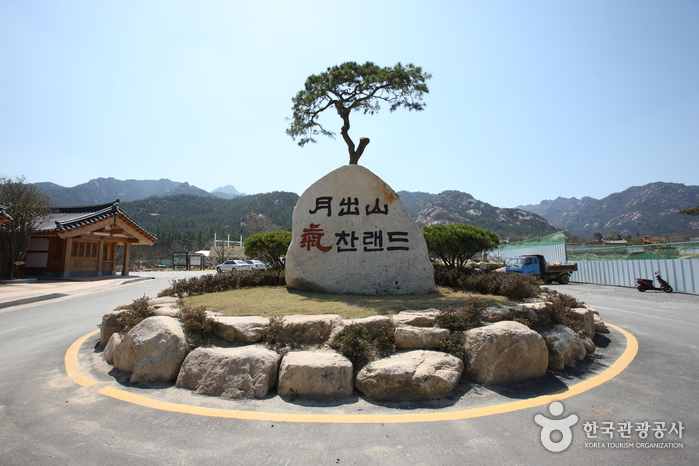
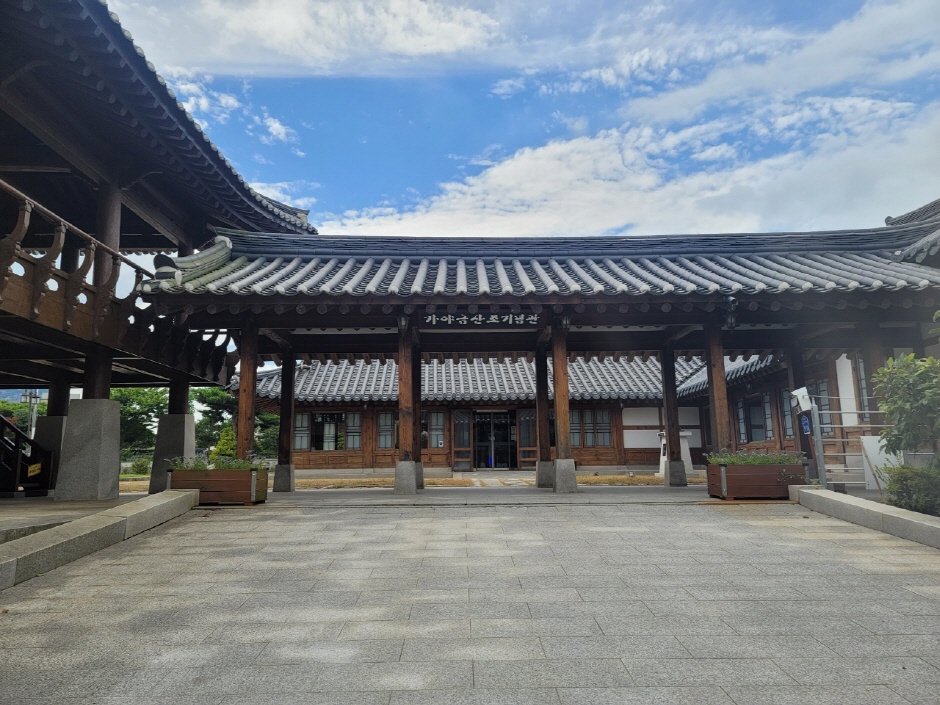
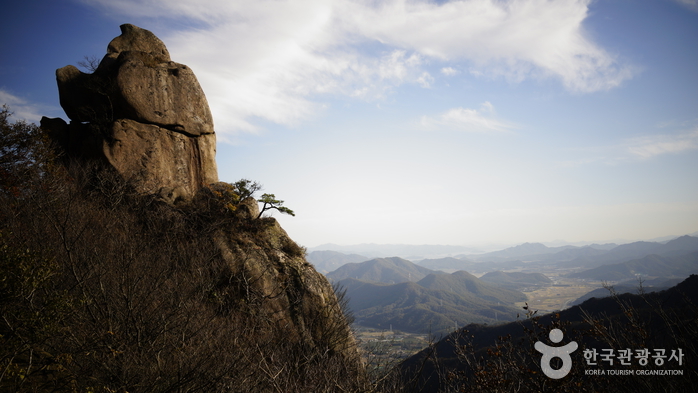
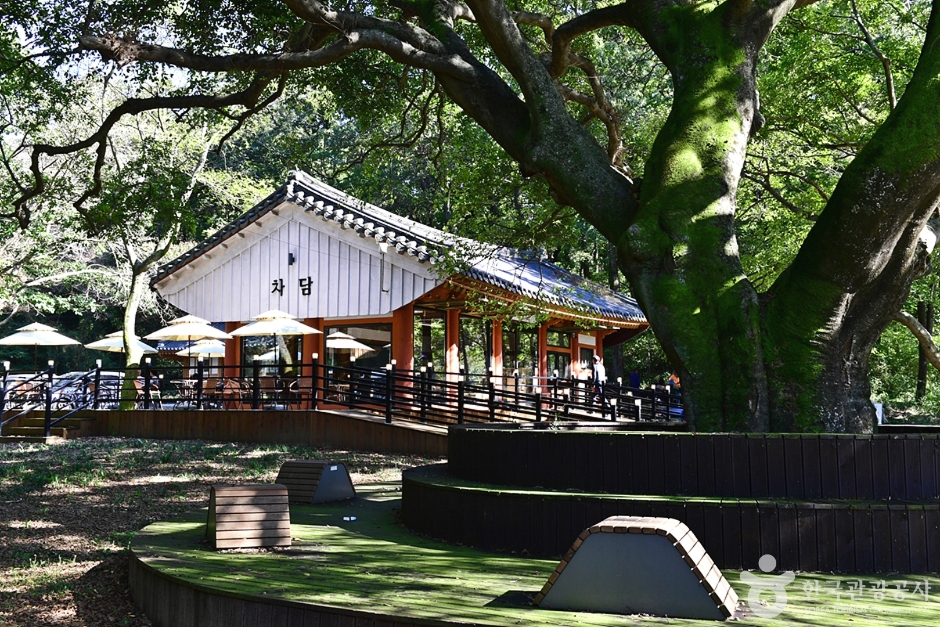
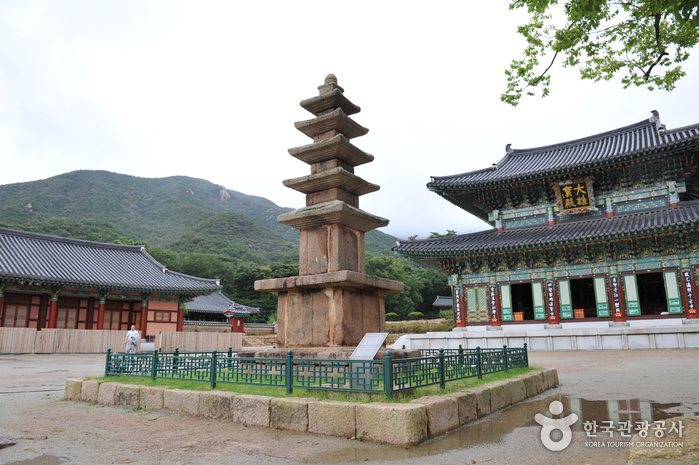
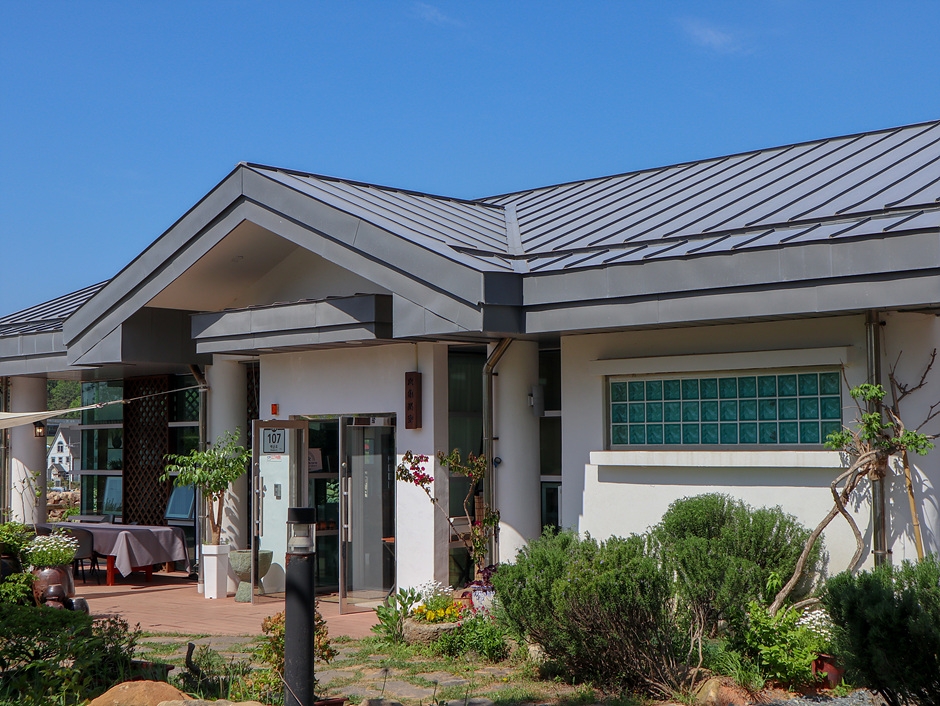
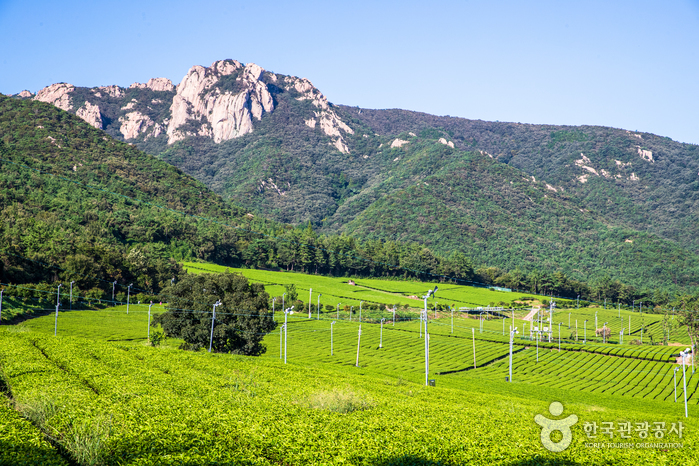
![Hyuhyudang[Korea Quality] / 휴휴당[한국관광 품질인증]](http://tong.visitkorea.or.kr/cms/resource/58/2803458_image2_1.jpeg)
![Nestle for You and I[Korea Quality] / 너와 나의 둥지[한국관광 품질인증]](http://tong.visitkorea.or.kr/cms/resource/23/2991323_image2_1.jpg)
![Byeolbaragi House[Korea Quality] / 별바라기집[한국관광 품질인증]](http://tong.visitkorea.or.kr/cms/resource/63/2991363_image2_1.jpg)
 English
English
 한국어
한국어 日本語
日本語 中文(简体)
中文(简体) Deutsch
Deutsch Français
Français Español
Español Русский
Русский